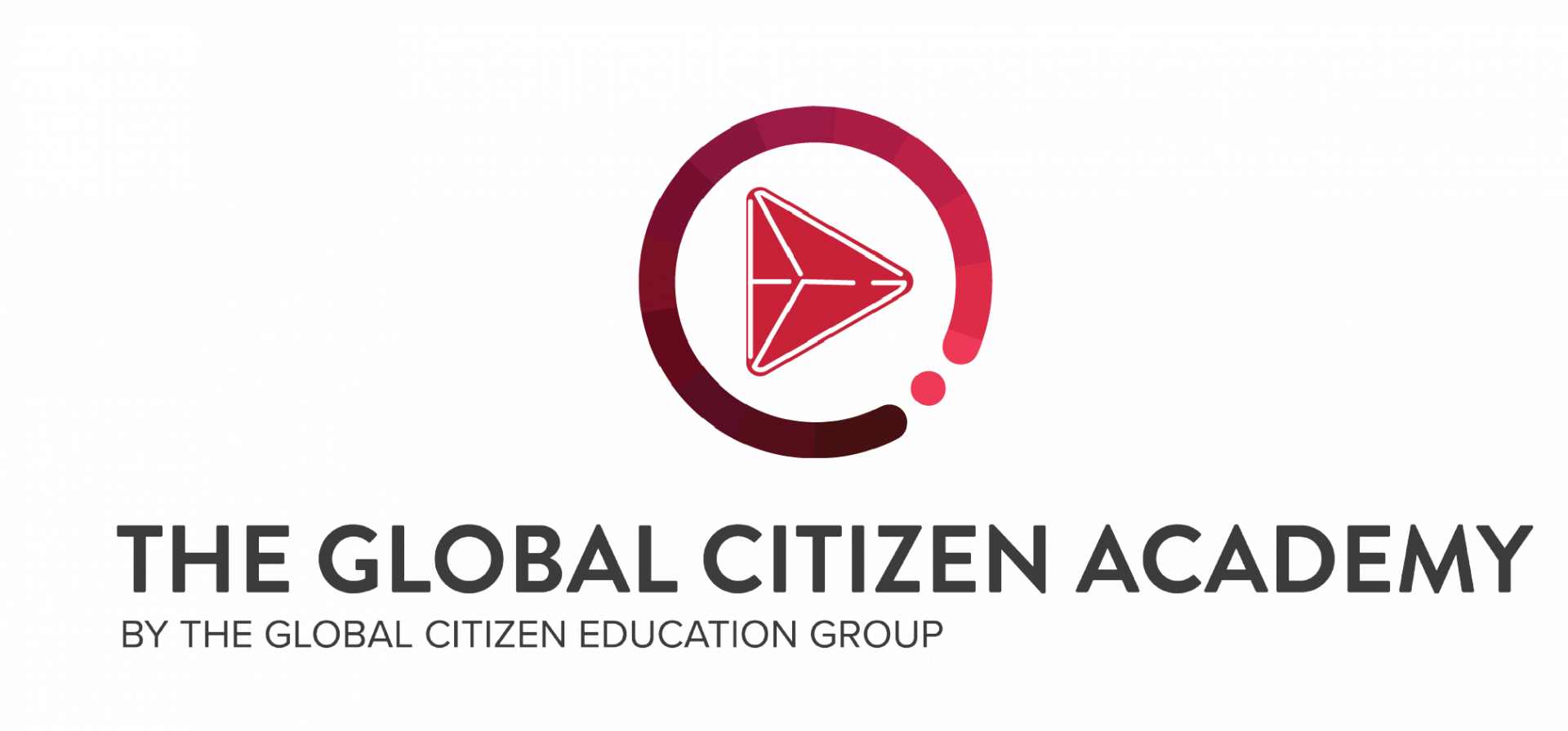A Beginner's Guide to Model United Nations: MUN Starter Kit
The history of MUN
Initially, Model United Nations wasn’t the MUN that we all know but it was Model Leagues of Nations, a stimulation of the predecessor of the UN. It is believed that the first Model Leagues of Nations was held in the 1920s before transitioning to Model UN after the formation of the Leagues of Nations successor in 1945. A few years after the formation of the UN, the first Model UN was initiated by Dr. Harry Reif in 1949.
What exactly is MUN?
For many who just started to do Model United Nations (or MUN), MUN seems like a very hard to understand concept even when we know it is a UN stimulation as we have no idea what people do at the United Nations . However, to put it simply, MUN is basically a diplomatic competition where students or participants are assigned into different countries as delegates. With the aim to express their countries' beliefs and crafting resolutions that are favourable to their countries' interest, delegates will demonstrate a variety of skills such as negotiating, public speaking as well as resolution writing. In general, MUN is a “battleground” where delegates get to foster these skills while grasping an understanding of what an UN conference is like.
The Different Types of MUN Committees
Before stepping into a conference, it is crucial for delegates to know about their committees. Generally, there are three main types of committees in MUN. The first type is the GAs (General Assemblies), these committees simulate the six GAs:
DISEC (Disarmament and International Security)
ECOFIN (Economic and Financial Affairs Council)
SOCHUM (Social, Humanitarian and Cultural Committee)
SPECPOL (Special Political and Decolonization Committee)
Administrative and Budgetary
Legal
They are typically the largest committees and pass non-binding resolutions. The second type is the specialized committees which sometimes are not stimulations of UN committees. However, when they do they will stimulate 1 of the 14 ECOSOC committees. This type is smaller compared to the GAs stimulation. Last but not least, the Crisis committees are among the smallest in MUN. These committees are typically for more advanced delegates since these committees are made to force delegates to make things up as they go along. Random crisis updates which are constantly provided for delegates can completely change the flow of the committee.
The different types of MUN procedures
Despite being commonly referred to as Model UN, there are many different types of procedures that vary between conferences such as:
UNA USA ( United Nations Association of the United States of America)
UN4MUN ( UN for MUN, a program initiated by the United Nations Department of Public Information (UNDPI), with the aim to lessen the distance between the United Nations (UN) and Model United Nations (MUN) )
THIMUN ( The Hague International Model United Nations )
Among the three different procedures, there are immense differences between the procedures and phase of the conference that requires delegates to perform different actions. For example, in UNUSA, delegates will follow parliamentary procedures in which delegates form groups with people who have a common interest. Whereas UN4MUN follows the Vienna formula where delegates would be divided into geo-political groups and craft draft resolutions in their designated groups. Therefore, it is crucial for delegates to learn about the procedures of the conference they are attending beforehand so they can best prepare for the committee’s topic and not feel confused when they step in the conference.

